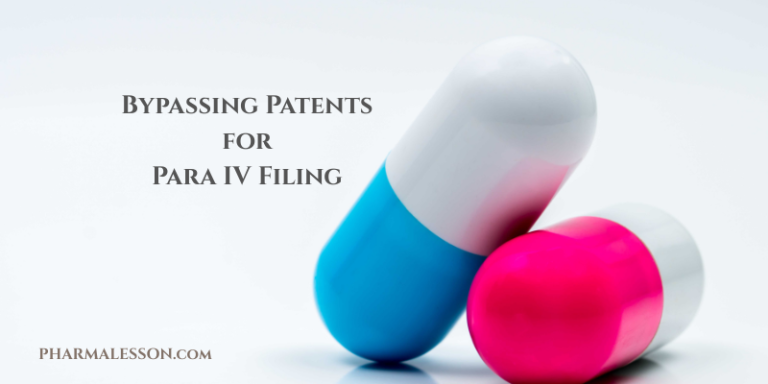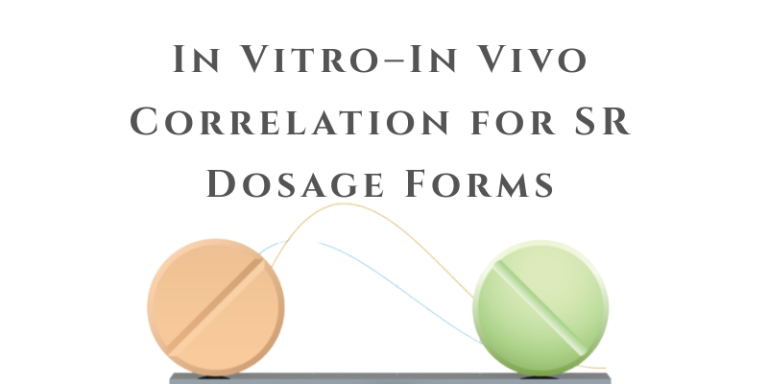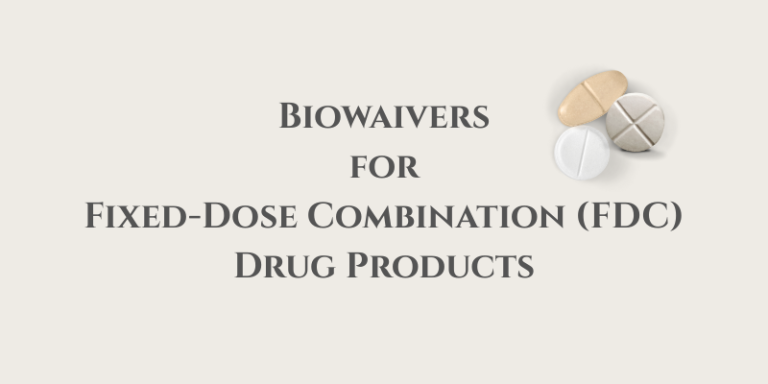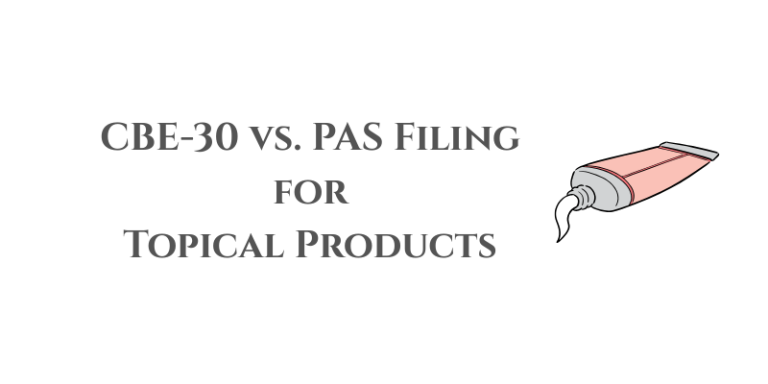22 Sections of an ANDA
he 22 sections of an ANDA (Abbreviated New Drug Application) refer to the structured format used for submission to the USFDA, typically following the CTD (Common Technical Document) format. Here’s a simplified list based on how the “Handbook of Pharmaceutical Generic Development” and USFDA expectations outline it:
Key Components of the 22 Sections (Non-CTD Format Reference Style)
- Application Form (FDA 356h)
- Cover Letter
- Table of Contents
- Basis of Submission
- Patent Certification / Exclusivity Statement
- Labeling (Package Insert, Carton, Container Label)
- Summary of Biopharmaceutics
- Comparative Bioavailability or Bioequivalence Study Reports
- Clinical Waiver Justification (if applicable)
- CMC Introduction and Summary
- Composition, Components and Quantities
- Manufacturing Process and Controls
- Specifications and Analytical Methods (Drug Substance & Product)
- Validation of Analytical Methods
- Stability Data (Accelerated and Long-Term)
- Container Closure System
- Microbiology (for sterile products)
- Environmental Assessment
- Debarment Certification
- Financial Certification or Disclosure
- User Fee Cover Sheet (Form FDA 3794)
- Field Copy Certification
Note: Today, ANDA submissions typically follow the eCTD format, which organizes these components under CTD modules (Module 1 to 5). However, the 22-section format is still used internally by some companies for development planning, especially when aligning with FDA expectations during pre-submission.
Read also:
Resource Person: Moinuddin syed. Ph.D, PMP







